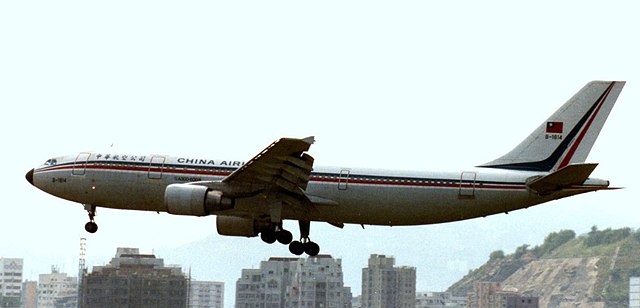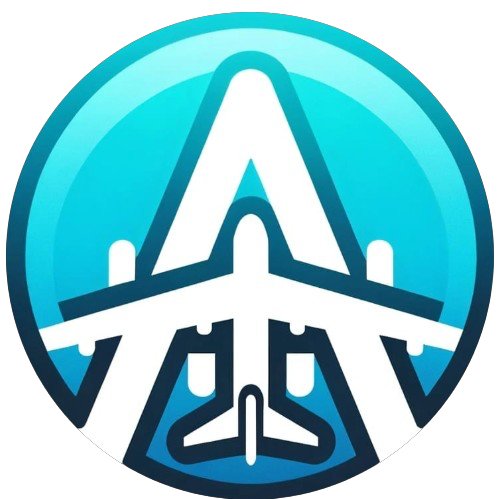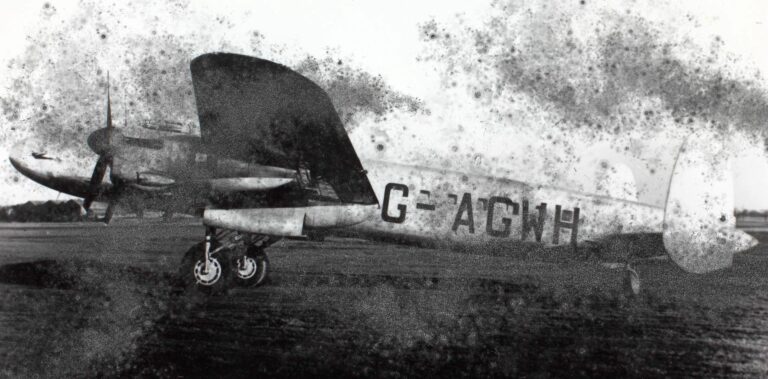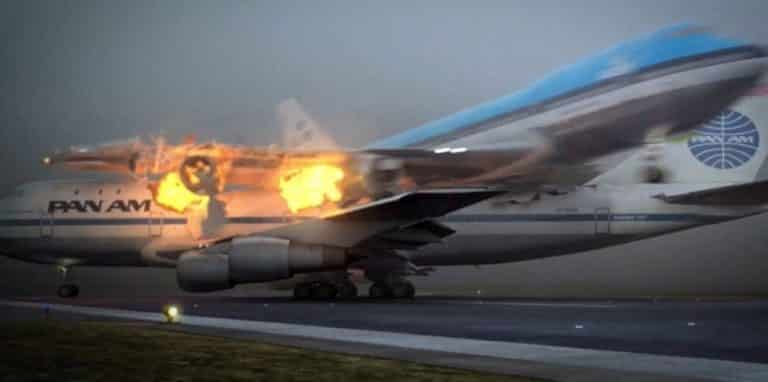China Ailines Flight 676. What really happened?
On 16 February 1998, China Airlines flight 676 operated by an Airbus A300 crashed near its destination airport in a residential area killing all 196 people on board and 7 more people on the ground.
The aircraft, flight plan and the crew on board

The aircraft operating this flight was an Airbus A300B4-622R, registration B-1814, purchased as new by China Airlines in 1990, so at the time of the accident the aircraft was about 7 years old. China Airlines Flight 676 departed from Ngurah Rai Airport in Bali, Indonesia bound for Chiang Kai-shek International Airport in Taipei, Taiwan (now called Taoyuan International Airport).
A total of 182 passengers, most of Taiwanese origin, and 14 crew members boarded the aircraft, bringing the total number of people on board to 196. In the cockpit were First Officer Jiang Der-Sheng aged 44, who had 3,550 flight hours (304 on the Airbus A300), and the more experienced Captain Kang Long-Lin aged 49, who had 7,226 flight hours (2,382 on the Airbus A300).
How the accident happened

The aircraft took off at 3:27 pm local time and the flight proceeded normally without any problems until approaching the destination airport in Taipei Taiwan. At 8:02 pm the pilots contacted the control tower and were given instructions to land on runway 05L of Taipei Chiang Kai Shek Airport. Weather conditions were light rain and fog, and the visibility was 2,400 feet (730 m).
Captain Kang Long-Lin was the one responsible for the landing. Upon approaching the runway, he realized they were 1,000 feet (300 m) above the glide slope but they still continued with the approach for about 19 more seconds, then the go-around decision was made. During this time the captain pushed the yoke forward to force the landing but realized that this became impossible and decided to follow the go-around procedure. Engine power was applied, landing gear raised and flaps set at 20 degrees as the aircraft climbed to 1,700 feet (520 m) in a 35° pitch-up angle.
During the go-around procedure, the captain did not actively take control of the aircraft as he thought the autopilot would initiate the maneuver. What none of the pilots realized was that the autopilot was automatically disconnected when the captain pushed the yoke forward, so for 11 seconds the aircraft was in nobody’s control. After reaching 2,751 feet (839 m) with a 42.7° pitch-up angle and a speed of 45 knots (52 mph; 83 km/h), the Airbus A300 stalled. Control could not be regained and the aircraft crashed into the ground only 200 feet to the left of runway 05. The plane then struck a utility pole and a highway median and plunged into several houses. All 196 people aboard the plane died, plus 7 more people on the ground. Still to this day, this is the worst accident to happen on Taiwan soil.
The aftermath and results of the investigation

After a two-year investigation, it was concluded that China Airlines Flight 676 crashed due to pilot error. It was criticized in the investigation report the pilot training system at China Airlines and that the crew coordination was not adequate. Following the accident, China Airlines flight number 676 was retired and replaced by the number 772.
Sources: https://aviation-safety.net/database/record.php?id=19980216-0






